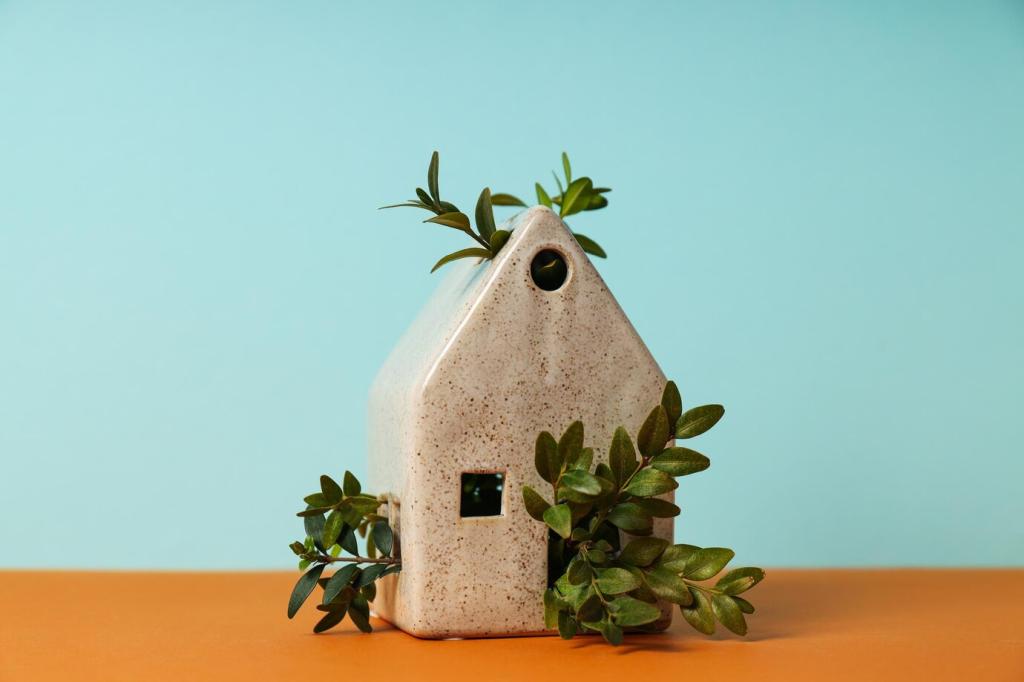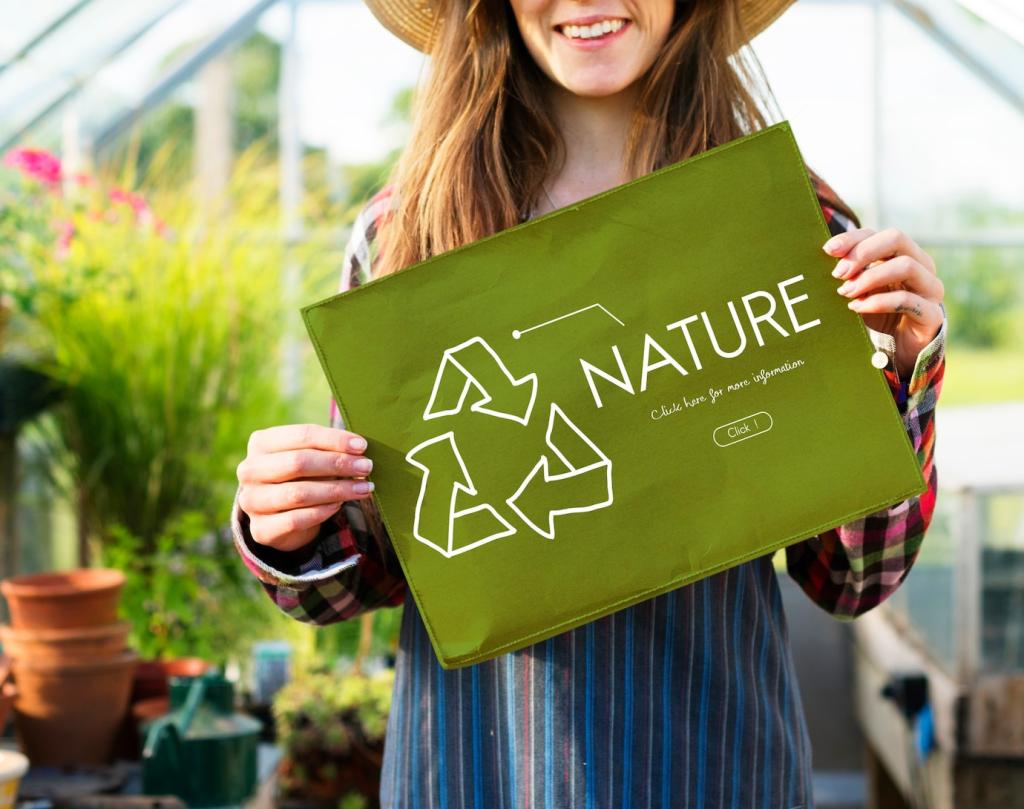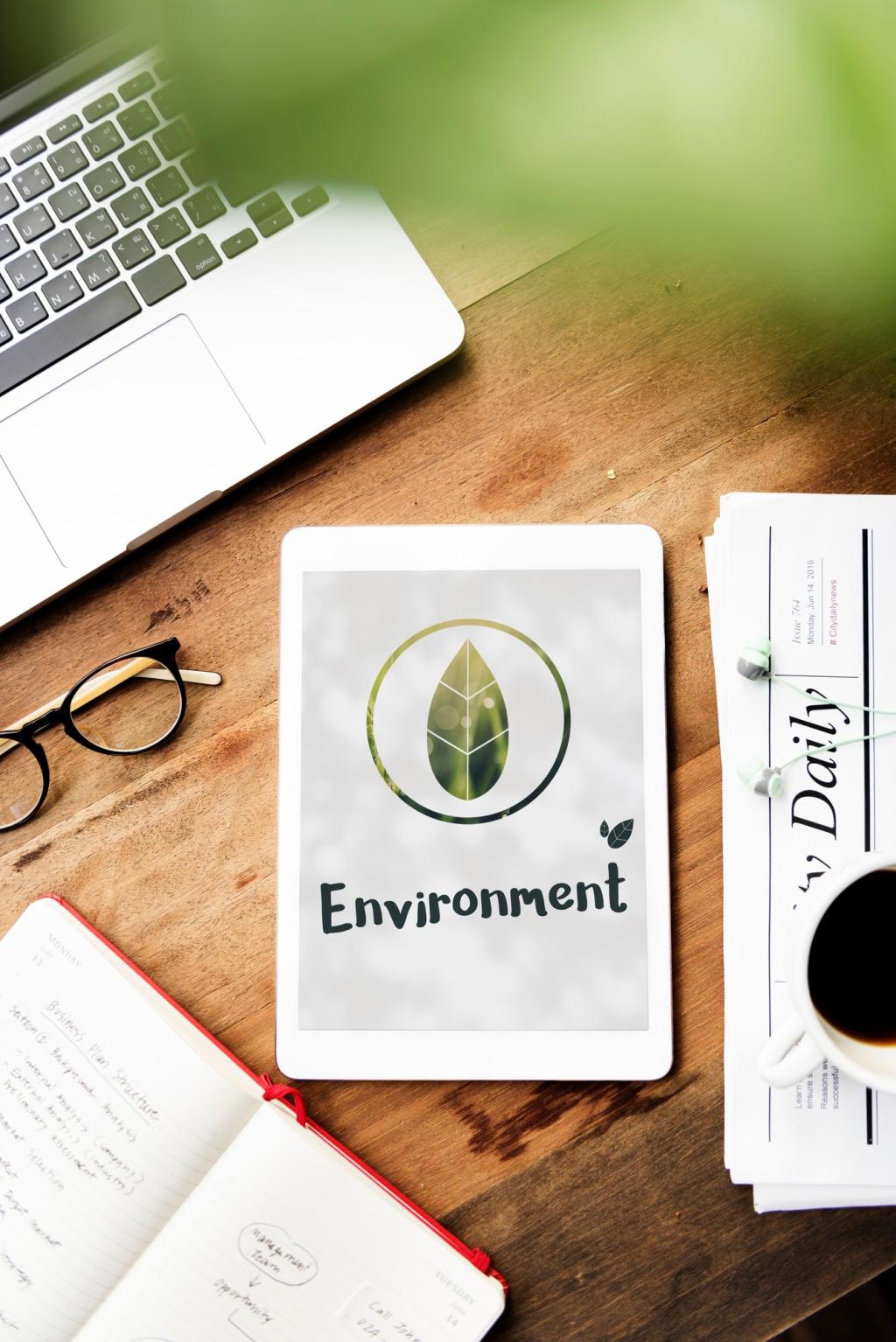The Rise of Reclaimed Wood in Sustainable Design
Chosen theme: The Rise of Reclaimed Wood in Sustainable Design. Join us as we explore how timeworn boards and beams are reshaping modern spaces with beauty, ethics, and a lighter footprint—subscribe for fresh stories and practical guidance.
Why Reclaimed Wood Is Surging Now
As forests face pressure and responsible forestry timelines stretch, reclaimed wood offers immediate, ethical material with character. Designers love that it conserves resources while telling a story. Tell us: what makes reclaimed textures irresistible to you?

Sourcing Ethically: From Barns to Boardrooms
Provenance and Paper Trails
Seek suppliers who document origins, species, and processing steps. FSC Recycled labels and LEED v4 MR credits help validate claims. Ask for moisture readings, metal detection records, and kiln-drying notes before you sign the invoice.
Deconstruction over Demolition
Salvage crews that carefully remove boards preserve length, minimize damage, and protect embedded history. A school gym’s maple floor became dining tables for local families—each burnished line a memory of games, cheers, and community pride.
Hidden Hazards, Smart Testing
Legacy paints may contain lead, and old adhesives or mastics can harbor asbestos. Responsible suppliers test, document, and remediate. Keep this checklist handy, and comment below if you want our printable sourcing guide.




Hardness and Stability
Old-growth boards, slowly air-dried over decades in service, can be remarkably stable. Acclimate to site humidity, joint properly, and you’ll enjoy fewer seasonal surprises. Have a myth you want debunked? Drop it below and we’ll test it.
Finishes that Respect the Past
Penetrating oils, hardwax oils, and low-VOC poly provide protection without smothering texture. For worktops, consider food-safe options and periodic maintenance. Your reward: a surface that ages gracefully instead of wearing out prematurely.
Code and Fire Considerations
Interior uses may require fire-rating or intumescent coatings, depending on jurisdiction. Ask for testing data, and design with spacing, sprinklers, and egress in mind. Professionals, chime in with your regional insights to help our community.
Tools and First Steps
Start with a metal detector, pry bars, and patience. Remove fasteners, then plane lightly to keep character. Wear eye protection and a respirator when sanding. New to this? Comment “starter kit” and we’ll send our essentials checklist.
Weekend Builds that Win
Try picture ledges, bench seating, or planter boxes. Simple pocket-hole joinery and a careful finish can transform scraps into heirlooms. Subscribe for cut lists and animated walkthroughs, so your Saturday ends with a proud Sunday reveal.
Common Mistakes to Avoid
Don’t skip moisture checks, and avoid mixing wildly different thicknesses without planing. Pre-drill to prevent splits. Test finishes on offcuts. Tell us your toughest lesson learned—we’ll compile reader tips into a community field guide.
Circular Economy and Carbon Accounting
Reusing boards preserves sequestered carbon and avoids emissions from milling, drying, and transport of new lumber. It can also divert timber from landfills where decay releases methane. Want our LCA template? Ask below and we’ll share.
Use mild soap, microfiber cloths, and felt pads under furniture. Avoid harsh chemicals that strip protective oils. Your future self will thank you when the surface glows instead of dulls after everyday life with kids and pets.

